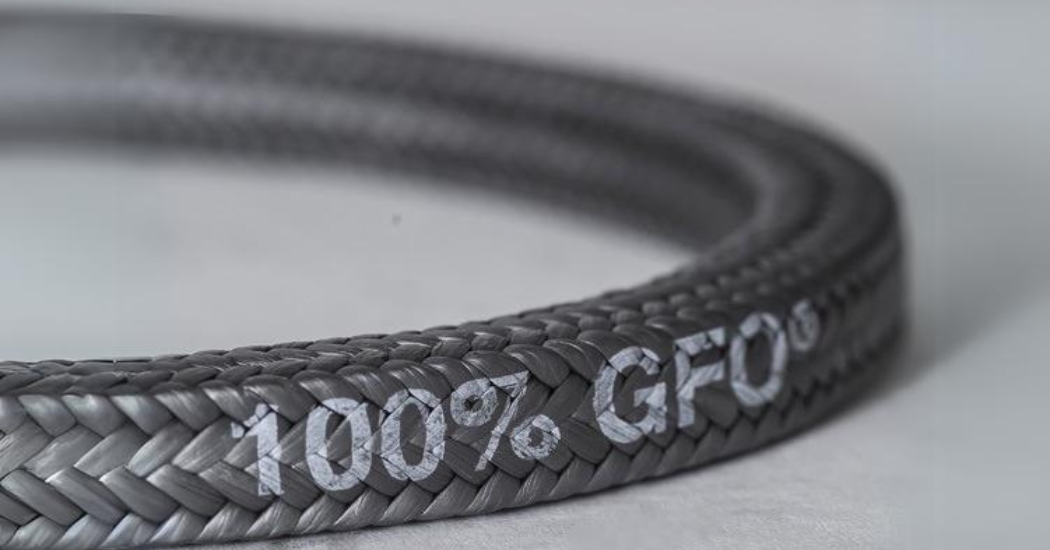The proper packing for an industrial pump is crucial to ensure efficient and reliable pump operation. The right packing choice depends on several factors, including the type of pump, the fluid being pumped, the operating conditions, and the desired level of sealing performance. Here’s a SEPCO step-by-step guide to help you select the proper packing for your industrial pump:
1. Identify Pump Specifications:
- Determine the type of pump (centrifugal, reciprocating, etc.).
- Note the shaft size and the type of shaft sleeve (if applicable).
- Gather information about the pump’s operating speed and temperature range.
2. Understand Fluid Characteristics:
- Identify the properties of the fluid being pumped, such as its pH, viscosity, and chemical compatibility.
- Consider if the fluid contains abrasive particles or is hazardous or corrosive.
3. Assess Operating Conditions:
- Evaluate the temperature and pressure range at which the pump operates.
- Consider any potential temperature fluctuations or thermal cycling.
- Assess the presence of any vibration or misalignment in the pump.
4. Define Sealing Requirements:
- Determine the desired level of sealing performance (low, medium, high) based on leakage tolerance and regulatory requirements.
- Consider the need for a specific seal environment (e.g., clean, abrasive, corrosive).
5. Select Packing Material:
- Based on the fluid characteristics and operating conditions, choose a packing material that suits the application. Common packing materials include:
- PTFE (Polytetrafluoroethylene): Suitable for a wide range of fluids and provides good chemical resistance and low friction.
- Graphite: Offers high-temperature resistance and is ideal for applications with steam and high-temperature fluids.
- Aramid: Provides excellent strength and abrasion resistance, making it suitable for pumps handling abrasive fluids.
- GFO (Graphite-Fiber Outer Braid): Combines graphite with a strong fiber outer braid for improved performance.
- Carbon: Provides good chemical resistance and is commonly used in high-speed applications.
6. Determine Packing Cross-Section and Size:
- Consider the available space in the stuffing box and select the appropriate packing cross-section (square, rectangular, etc.).
- Ensure the packing size fits the pump shaft and sleeve properly to avoid excessive compression or gaps.
7. Consult Manufacturer Recommendations:
- Check the pump manufacturer’s guidelines and recommendations for suitable packing materials and sizes for their specific pump models.
8. Test and Monitor Performance:
- After selecting and installing the packing, monitor its performance during operation to ensure it meets the sealing requirements.
- Make adjustments if necessary, and consider periodic inspections and maintenance.
Remember that proper installation and compression of the packing are also critical factors in achieving effective sealing. Consult with pump manufacturers, packing suppliers, or experienced engineers for additional guidance and support in selecting and installing the appropriate packing for your industrial pump.




